A gel that stops bleeding and sticks tissue together has been made using reptilase, an enzyme extracted from the venom of a pit viper. Visible light activates the bioadhesive, which also reduces bleeding by promoting blood clotting.
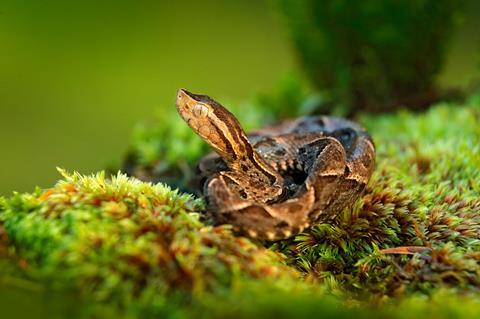
Bioadhesives use chemical bonds or physical interactions between themselves and tissue to heal wounds. It’s important to prevent blood leakage when using bioadhesives as blood weakens these vital interactions and reduces the adhesive strength.
Reptilase in the venom of Bothrops atrox converts fibrinogen into fibrin, part of the usual blood clotting mechanism. The venom is toxic because it causes so much blood clotting that victims eventually run out of clotting factors, which causes them to haemorrhage. Now, a research group from universities across China and Canada has used the blood clotting properties of reptilase in a controlled manner to produce a bioadhesive that seals wounds whilst accelerating haemostasis.
The group incorporated the enzyme into a hydrogel containing gelatin methacryloyl. On its own, gelatin methacryloyl has poor haemostatic capabilities making it unsuitable in cases of severe bleeding.
The modified hydrogel was tested on a liver wound, achieving complete haemostasis in an average of 0.75 minutes, compared to 1.32 minutes with gelatin methacryloyl alone. Further tests also showed that its adhesive strength improved.
The results of the study suggest that this haemostatic bioadhesive could be suitable for arterial injuries, as well as other internal injuries where it is difficult to perform surgery.
References
Y Guo et al, Sci. Adv, 2021, DOI: 10.1126/sciadv.abf9635





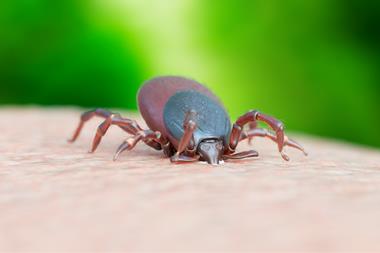
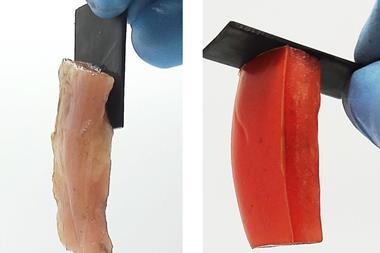

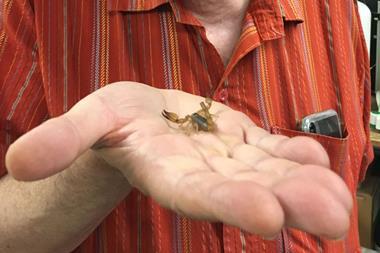
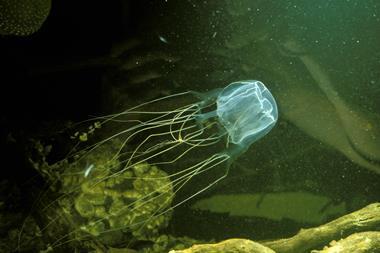
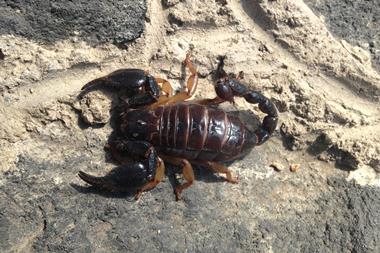






No comments yet